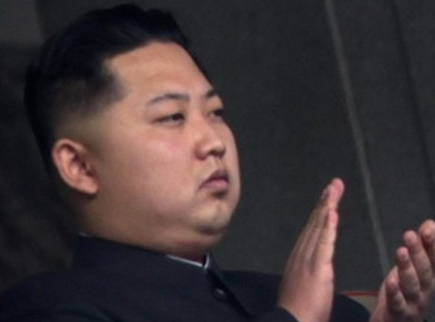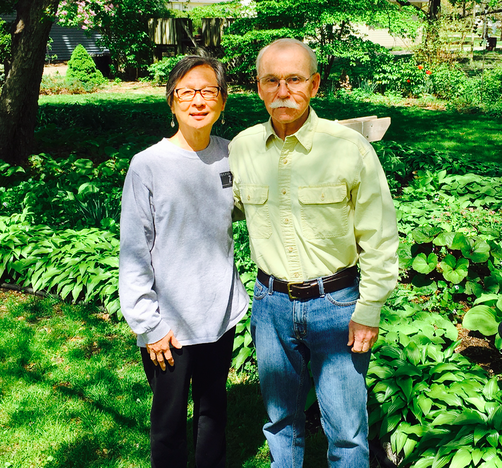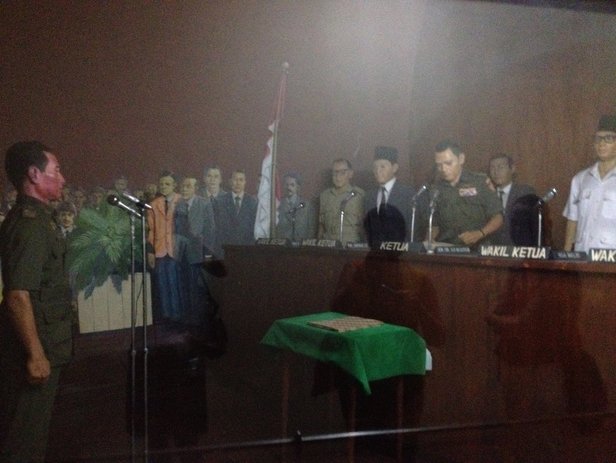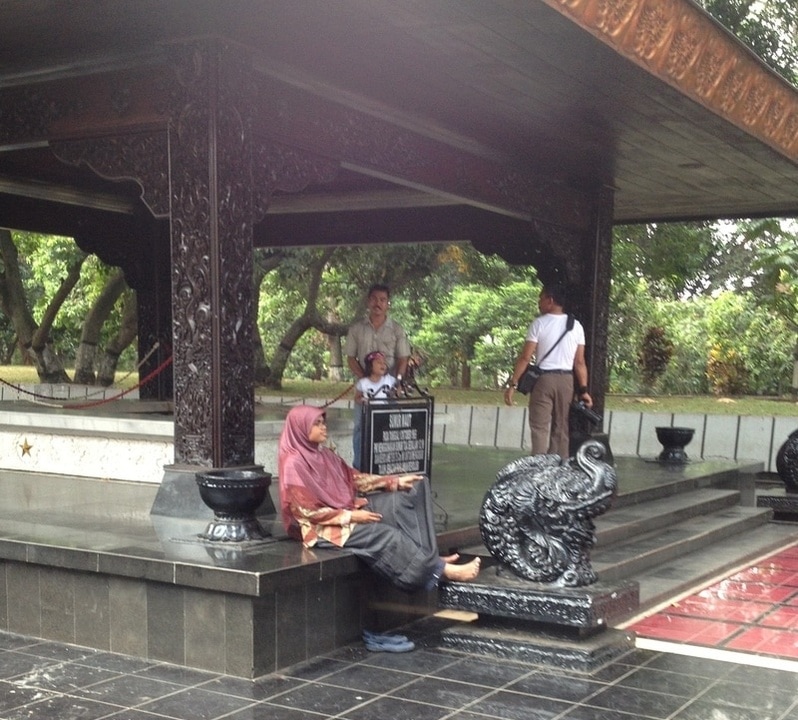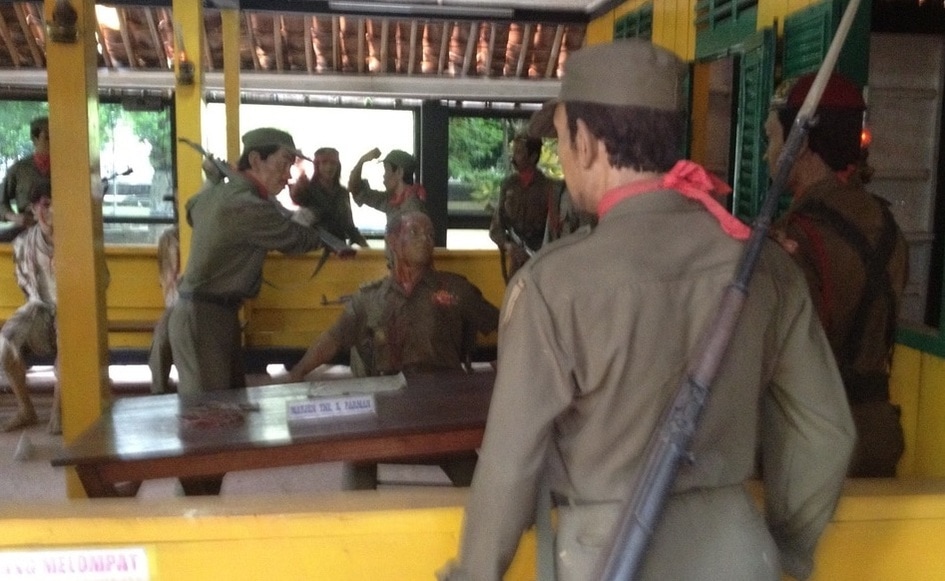The Dark Side of Forgiveness
There’s a lot of talk about forgiveness these days. The health benefits alone, they say, are astounding. I don’t disagree. Hanging on to resentment and blame for years can do a number on our lives and our bodies. Hatred long held can be like a cancer literal or figurative in our lives.
But there’s another side to forgiveness, a dark side. It’s often used in response to people who are angry. I have recently experienced a large betrayal and have been expressing a healthy amount of anger in response to something very painful. Within 72 hours, people were already telling me to forgive.
This got me thinking, “What’s the rush?”
The Rush to Forgive
I started to realize that my anger was making people feel uncomfortable. They wanted me to forgive so they could quickly move back into peace. That’s fair, they don’t have to hear it, but that doesn’t mean the rage must dissolve so quickly.
Sometimes, the call to forgive — or calm down — was a way for the church to keep control over people. Don’t be angry, forgive. Don’t stand up for your rights and be angry, find peace and move on. Martin Luther King Jr.’s Letter from a Birmingham Jail is all about this. He talks about the white man’s request that African Americans slow down, calm down, and wait for segregation and racism to end “peacefully” was really a means of pacifying a justified rage. He didn’t buy it. He knew they were afraid of giving up power.
Forgiveness is not dissimilar. Telling someone to forgive someone who betrayed them can stifle the healthy processing and expression of rage. As MLK said, no one gives up power willingly. Rage has power in it and if responded to in a healthy way it motivates action. If we skip to forgiveness, we may miss the changes we need to make. Especially women, who are often seen as hysterical when they are angry. And especially spiritually-minded people who want to be perceived as evolved. Sorry, if you’re alive you will feel these uncomfortable emotions. That’s just part of the deal.
Forgiveness is like the make-up sex of emotions.
So tempting to jump right to it, but there’s work that needs to be done before.
The Good Apology
There is wonderful scholarship on “apologies.” Some of the best work talks about how, when making an apology, do not ask the person to forgive you. They have been harmed. The good apology does three things.
1. Identifies the problematic act
2. Acknowledges the harm it caused the other
3. Says what will be done to avoid it happening again.
Asking the other person to “forgive you” asks them to do work to make you feel better while they are working on healing from the harm inflicted. Don’t ask them to forgive you, aim to fix it and make it right. If you do that, forgiveness may come on its own time.
In my own situation, being told to forgive so soon after the offense is like being given another task while I am still trying to make sense of the first problem — what just happened.
The notion of forgiveness can be healing or a tool of oppression. Only you know by listening to your body and your soul which one it is.
Letting Go of Rage
If we can really feel the rage with the intention of moving beyond it, then we will more likely get to a healthy and authentic forgiveness. Though, I am not even sure we ever really forgive. My experience is more of letting go and moving on, limping along with whatever scar may be left. I don’t hold on to hate, but the act itself remains a hurtful act. I just tire of thinking about it and prefer being happy to holding on to it.
One of the gifts of my own recent personal experience is that I will now be better at helping people process their losses, whether they be due to genocide, terrorism, war, or other life losses. Before urging someone towards forgiveness, I will ask myself whether I’m perhaps uncomfortable with their rage.
North Korea versus North Koreans
In the spirit of The Language of Conflict, this blog demonstrates in the context of North Korea that how we talk about groups matters. How we frame groups even justifies and legitimize violence even before it has occurred.
When you read The New York Times or consume news through any major media outlet, you’ll read/hear lots of references to “North Korea.” The reference suggests that the whole country is involved. Of course, this is not new. For ages, we have talked about Americans, French, Mexicans, Men, Women, Homosexuals etc. as homogenous groups. Of course, in the policy and military context, this often refers to the governments of these countries. The language of nation-state has existed for quite some time.
Referring to governments in this way serves as a kind of short-hand. The New York Times is not going to say “the North Korean government” every three lines. It is exhausting. So, what is the drawback? Well, especially in the case of North Korea, where Cold War discourse has taken over, the abstraction of 33-year-old Kim Jung-un into all North Koreans is a set up. The whole country is being positioned as a threat.
In advance, any necessary military force can be justified because North Korea is the evil enemy.
But many North Koreans are starving and ultimately hostages in their own country.
Rather than an evil empire, I see it as a country of people who seek liberation, trapped by their leader.
The video below of the young Yeonmi Park, who escaped North Korea, makes a case for this
narrative. Her speech humanizes North Koreans. They are people and are not targets justifiably attacked at all costs.
Shifting the language now, before missiles are exchanged would not only influence the kind of military exchanges, it places the conflict in a totally different paradigm.
No longer a battle between two (or more) entire countries. One of those countries is being held hostage. Talking about the liberation and protection of starving people terrorized by a tyrannical government would lead to a very different approach than one that treats the entire country as a danger to our way of life…or to our lives.
This subtle distinction between North Korean government (largely run by Kim Jong-un) and the millions of people trapped under him could lead us all into vastly different futures.
Words matter. I hope the current tensions with Jim Jong-un and his leadership lead to the opening of that country and the feeding (physically, intellectually, and emotionally) of its people.
Changing Stories, Resolving Conflict: Webinar
Indonesian “Coup” or “Genocide”?
Back in April, I popped into Grinnell College for a few weeks to teach a course on the role of market actors in mass atrocity and to give a campus-wide presentation on the French National Railways (SNCF) as a case study.
The school organized a lovely talk, filling the room with students, faculty and community members. (After you’ve been doing this for awhile, you appreciate all the good planning. Presenting to two people at 8:30am after traveling hundreds of miles is the pits). Grinnell does it right.
The Peace and Conflict program had me had me in a bright, cheerful room in the library. I offered my presentation, talking mostly about responses to the Holocaust in France and only briefly mentioning my research with genocide survivors in Indonesia.
At the end of the talk, Valerie Vetter, who used to run the Peace and Conflict Program came running up to me.
“We need to talk. I was so surprised you called it an Indonesian “genocide.” I had always heard it described as a “coup.”
I got a bit nervous at first. Not because I doubted my word choice, but because the identification of what happened in 1965 in Indonesia is still contested. Some people who where in power then are still in power now. They are, as the expression goes, “Holding each other’s beards.”
The Holocaust is easier to study and write about than the Indonesian genocide because Germany accepted responsibility. (So did the French, except for Marine Le Pen who — during this past election — tried to rescind France’s acceptance of its role. Sigh.)
Valerie and I were not going to cover the whole subject in a brief five-minute chat. So, she invited me to lunch. Her husband Roger was an ethnomusicologist at Grinnell College. He specialized in the Javanese Gamelan. That’s an enormous instrument played by many people simultaneously. The two had spent much time in Indonesia.
Coup vs. Genocide: What’s in a name?
Valerie made us a delicious Indonesian lunch of Gado Gado. We sat for a couple hours discussing this question of “Coup” versus “Genocide.”
I started by saying that I had always heard the term genocide to describe what happened when Suharto took power from Sukarno.
During my field research, my colleges and I (led by Indonesianist Leslie Dwyer) went to Jakarta to see how the government spoke about what happened during that year when over a million people were murdered and power changed hands.
I explained to Valerie and Roger how we explored the national narrative at “The Communist Museum of Treachery”
National Narratives of Genocide
So what is this museum of treachery? Well, in Jakarta, a very cheap way to spend your day is to visit this museum– kept inexpensive to encourage people to come. The museum has enormous dioramas showing Sukarno handing over power peacefully to Suharto. These were life-sized models enacting the events– as they decided they unfolded.
The Communist Museum of Treachery is not at some random location– it’s at one of the most infamous sites in the country. The story goes, a number of top military generals were thrown down this well as part of a coup attempt. The photo below is of said well.
The funny thing is, Suharto was the only top military general untouched by the alleged coup. (This is the coup Valerie had heard about.) The museum recounts the tale of these generals, offers old uniforms and personal artifacts of each. Then, in display after display talks about all the terrible things the “communists” did to disrupt the country. Now, “communist” was more of a label than necessarily an affiliation. One could be labeled a “communist” simply to make them a target of the government. In fact, during our research when I asked survivors and their descendants what a communist was, few had a very clear answer.
It just meant, “enemy of the state.”
The museum did not talk about the estimated 1 million people murdered. But it justified an actions taken against them. The image below is a display on the exterior of the museum showing how theses “communists” tortured innocent people.
Definitely not a kids museum….
When it comes to “coup” versus “genocide”, we’re really not saying “pot-a-to” vs. “po-tot-to.” There’s a significant difference between a group trying to overthrow a stable government and the mass murder of folks.
Valerie, Roger and I had a good chat about this. They were astonished at the narrative I had learned about what happened. We compared versions of history. None of us had been there. We all rely on stories, confessions and video footage. If you want more gruesome testimony, have a look at the films, The Act of Killing or The Look of Silence. Again, not for kids, I and I don’t recommend watching it after 8pm. It disrupts the dream world.
Thanks to the Vetters for sparking this great conversation.
(This blog is part of the Never Eat Alone series)
The Never Eat Alone Series
In 2005, Keith Ferrazzi came out with a business book called Never Eat Alone: And Other Secrets to Success One Relationship at a Time. Now in its second edition, Ferrazzi discusses importance of relationships for professional advancement.
The book sparked an idea!
What would happen if I started to avoid eating alone?
What kinds of incredible conversations might I have?
The purpose of this series is to record these rich conversations and inspire others to eat with others. See where these conversations take you. I would love to hear your stories, so please add them in the comments below!


